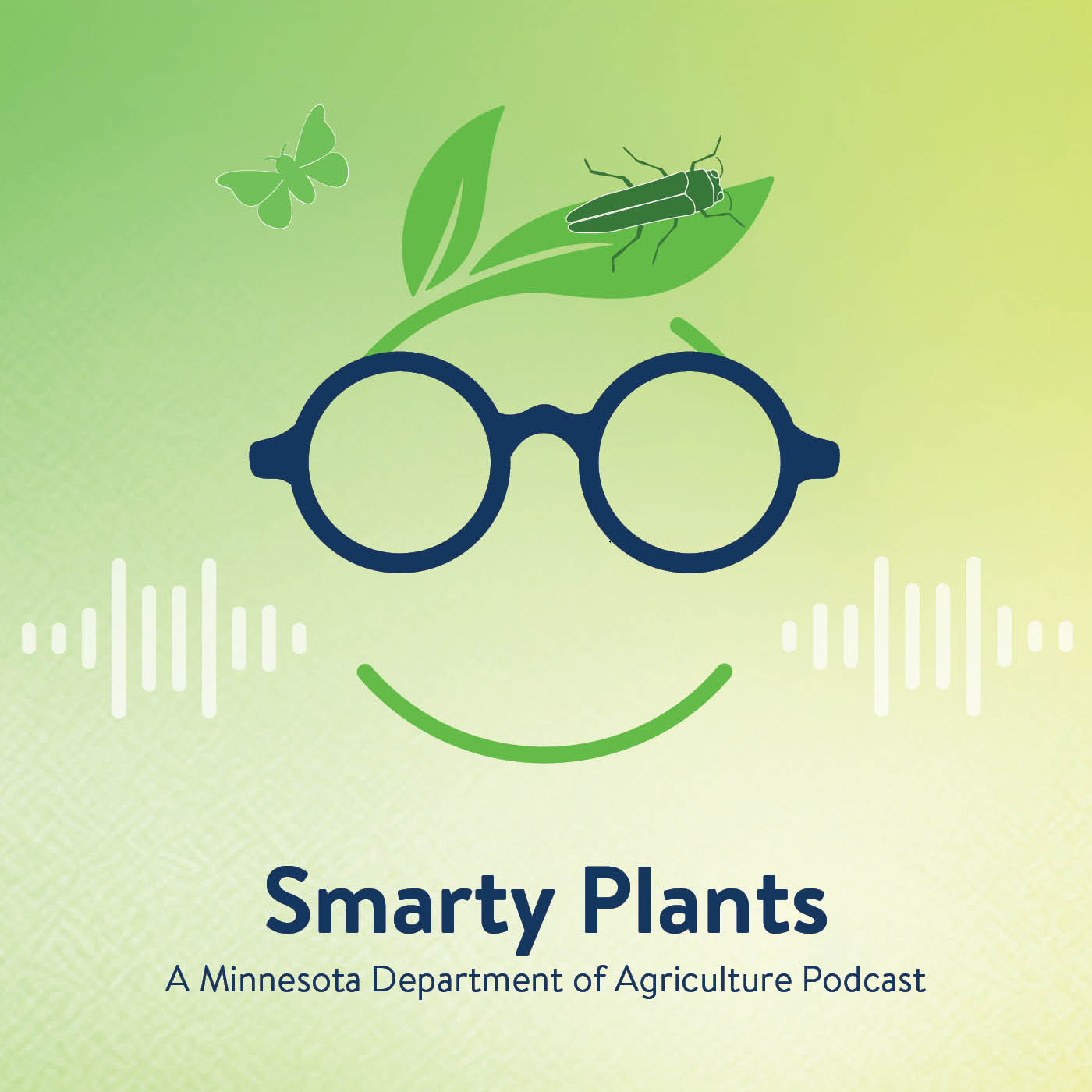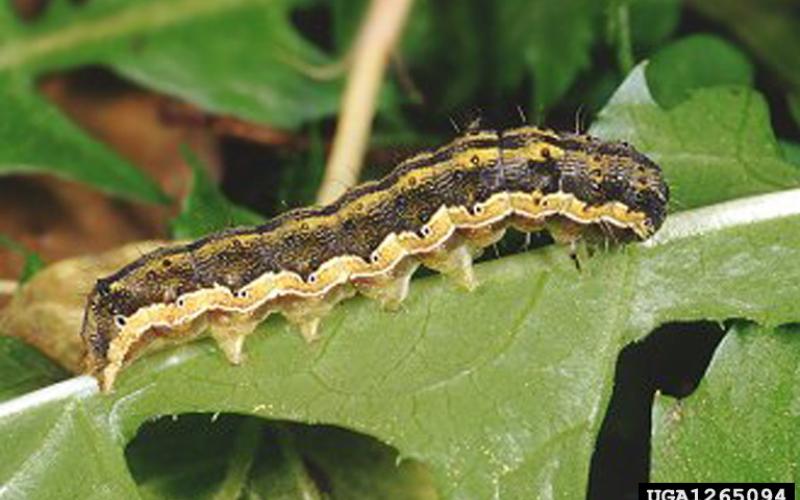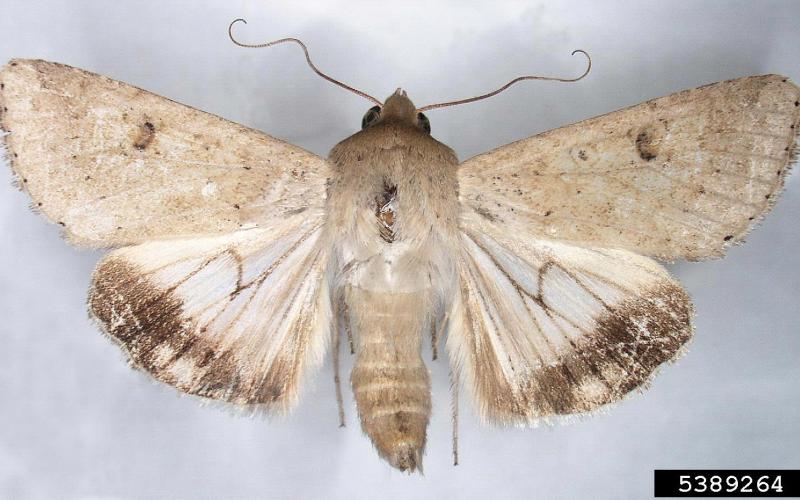Scientific name: Helicoverpa armigera Hübner
Native range: Africa, Eurasia, Oceania
At Risk
Old world bollworm has a very broad host range covering hundreds of plant species. Corn and soybeans could be hosts in Minnesota as well as small grains, cucurbits, alfalfa, beans, tomatoes, potatoes and many others.
The closely related corn earworm can be a significant pest in Minnesota on sweet corn and other plants. The corn earworm does not overwinter in Minnesota but rather migrates in during the summer from more southern areas. A similar biology might be expected from the old world bollworm, but there are concerns that the old world bollworm may be an even more serious pest due to insecticide resistance it has demonstrated in other areas.
Distribution
Old world bollworm is not known to be established in North America, but it has been intercepted numerous times at ports of entry and three male moths were found in Florida during 2015. It has recently been detected in South America (Brazil, 2013) and the Caribbean (Puerto Rico, 2014). It is considered a high risk for invading North America.
Old world bollworm can be moved in egg or larval stages in a wide variety of host plants and frequently is based on the number of reported interceptions at ports-of-entry.
Biology
Adult old world bollworms are moths. They are strong fliers and can migrate great distances. In Europe, for example, they are reported to migrate annually from the Mediterranean area into Scandinavia.
The larvae feed on developing fruits or other nutrient-rich areas of host plants and drop into the soil to pupate to adult moths. Multiple generations per year occur in warm climates.
Identification
The old world bollworm is virtually indistinguishable from the closely related corn earworm (Helicoverpa zea Boddie) which is commonly found in Minnesota. A trained entomologist can differentiate the species, but it requires a laboratory analysis.
The MDA and the United States Department of Agriculture (USDA) have conducted pheromone trap-based surveys for old world bollworm for several years in Minnesota. Many other states are also monitoring for old world bollworm.
Regulatory Status: Potentially Regulated
Both federal and state regulations may be implemented if the old world bollworm is discovered in Minnesota. Actions in response to a discovery may include restricting movement of materials that could harbor old world bollworm, as well as measures to suppress the growth of or eradicate any infestations.
What Can Be Done?
The MDA has worked with USDA to monitor for old world bollworm in areas of Minnesota at risk for introduction with no positive finds so far. Monitoring is completed through our commodities and fruit and vegetable surveys. Contact the MDA via Report a Pest if you suspect an infestation of old world bollworm in Minnesota.
Smarty Plants Podcast

Discover Smarty Plants, the Minnesota Department of Agriculture's podcast that digs into the fascinating world of invasive species. Join expert guests as they share insights and solutions to protect our environment and agricultural resources. Visit Smarty Plants and start listening today.




